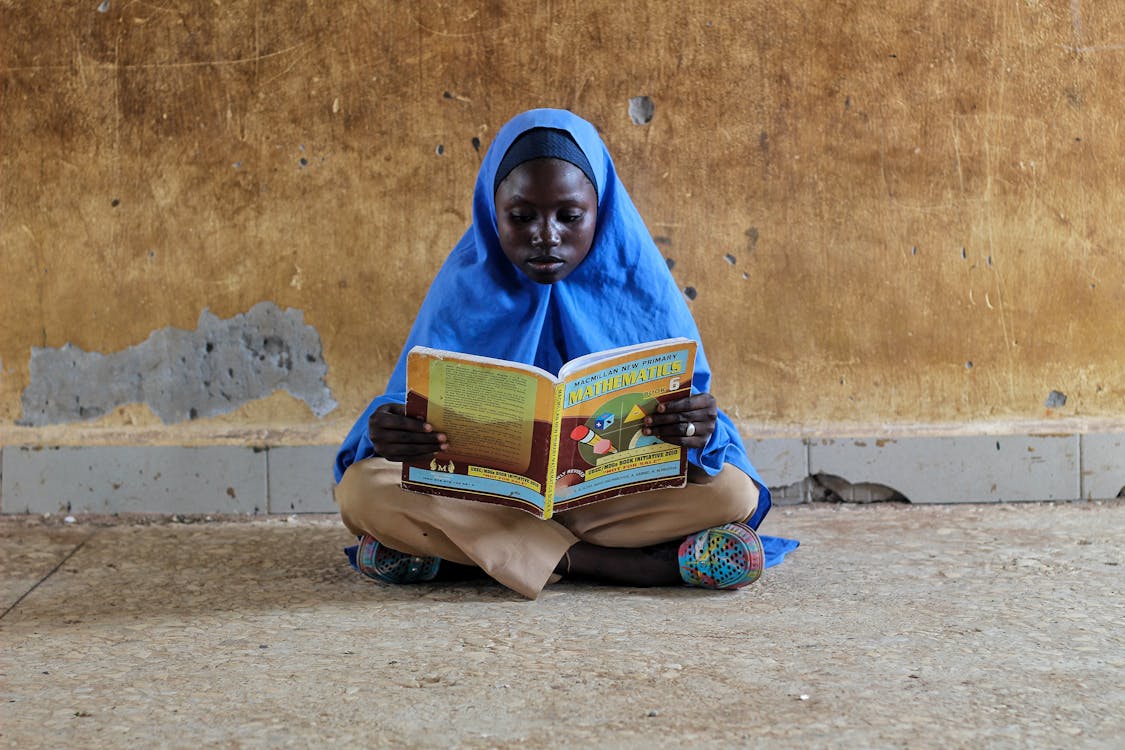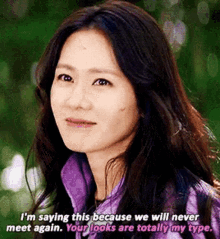I still remember when I first met my friend, Gary. It was the first day of school, and she approached me when I was sitting alone in my Web Development class. She is an immigrant from India to America, and I love talking to her and learning about her newest hobbies and ambitions.
She always made me smile; however, some people distanced themselves from her. One day, she confessed to me her biggest insecurity.
"I am most insecure about my accent. It isolates me from others. I need to be like Americans to be accepted by Americans,"
Oh, how I wish I could tell her that she was wrong. She did not have to change herself for the approval of others. She was Indian, and that in itself is beautiful.
Gary’s narrative is among numerous accounts that illustrate the shortcomings of the modern education system. Our education struggles to foster acceptance of those who differ from the majority and fails to teach students to embrace different cultural backgrounds. To truly foster gender and racial diversity, we must increase representation in the curriculum, improve the quality of education, and encourage more empathy among students.
Representation in Curriculum
According to graduate research conducted by Florida State University student Amy Baylor, curriculum representation significantly improved the understanding of information and acceptance of diverse perspectives. Students will finally begin to appreciate the richness of diversity.

Image Credit: fauxels from Pexels
Upon reflection, I realized that the history that I was taught in school was very Eurocentric and did not represent my ethnic culture at all. From the Crusades to the Cold War, little to no context was given for the history of Asian or African countries. Even with these restrictions, there is still restricted access to minority studies in high schools in certain states. In Florida, AP African American Studies is not taught in school due to concerns about critical race theory (NPR).
What is Critical Race Theory?
Critical race claims to give our systems results in racist outcomes without the people operating the system being actively and intentionally racist. This censorship in education promotes more racial prejudice and can carry on to the future about minority groups.
These biases can start forming during high school, a critical time in our formative years (Time Magazine). Some of the interactions you have at school can lead to relational aggression, spreading gossip, and engaging in bullying and silent treatment to maintain your popularity. With the integration of education of more cultures in school, students will learn to respect their classmates who are different from them.
The Importance of Quality Education
Prejudice remains prevalent today due to the decline in American education quality. COVID-19 has had a strong impact on students and teachers, while political factors complicate the integration of diverse cultures into lessons.Recent data from the Center of Education Policy at Harvard suggests a decline in American students' performance in reading and math.
How Does the Teacher Shortage and TikTok Affect Students?
Teachers are encountering problems reaching lower-performing students because of a teacher shortage in the United States (Economic Policy Institute). The shortage of teachers is especially prevalent in less fortunate communities. This can lead many students to learn from the world around them rather than from the education given to them by their teachers.
Many students could turn to the conceited opinions of people on TikTok, from a Moon landing hoax to possibly even gang life in the streets. With the addition of more teachers, students' lives will potentially flourish, and they will not be chained to the false hope and lies that social media and society may feed them.
Furthermore, modern education illustrates consequential disparities among various minority groups across the globe. In Afghanistan, girls have limited access to education; in Somalia, more than 50% of children receive less than two years of schooling; and in Chad, fewer than 34% of students are expected to complete primary school. (Concern Worldwide).

Image Credit: Fatima Yusuf on Pexels
Children are struggling from civil unrest in their home countries, and this leads to a grim future with low literacy rates. So many kids with the brainpower to study for a better future aren't getting the tools to do so. When they grow up, there will be a prominent literacy gap between the educated in first and third-world countries, which may even lead some people to be prejudiced to the point where they assume their stupidity.
Lack of education is also prevalent with some minority groups in certain countries, like Afghanistan and Nepal (Minority Rights Group), that bar women from education and are subject to prejudice. These women are born with this prejudice placed onto them ever since they are born, and society fails to teach them how to fight it; this leads to systematic inequalities worldwide.
As a society, we should improve education in third-world countries. By addressing various United Nations targets for quality education and increasing teacher employment through incentives, we can enhance education quality and prevent our children from suffering due to biased attitudes.
Indifference and How it Ruins Diversity
Indifference also plays a big part in today's society. From the trend of being nonchalant to the ignorance of systemic racism based upon stereotypes, indifference ruins the means of equality we promise to teach our kids. From the environments some kids grow up in, prejudice can be ingrained that even though they are not the targeted minority, it doesn't matter to them.
Ignoring indifference isn’t a solution; it only magnifies the problem and allows injustice to thrive. We must address these issues directly; avoiding them will worsen matters. In fact, on April 12th, 1999, Elie Wiesel, a survivor of the Holocaust, went to the US and brought to light the issue of indifference in this world during World War II. His lamentations of his community's strife reveal the more significant problem of indifference in the face of stigma (American Rhetoric).
"In a way, to be indifferent to that suffering is what makes the human being inhuman. Indifference, after all, is more dangerous than anger and hatred" - Elie Wiesel
From Elie's experience, he concludes that by being indifferent, you are helping the silent oppression happening to immigrants all around America in the education systems. By learning to stand up to systematic racism, you can help promote diversity in the education system.
What Should You Do About It?
Diversity isn’t a problem to be solved; it’s a strength to be celebrated. Change doesn’t begin with laws or policies. It begins when someone chooses to see the beauty in another person and refuses to look away.

Image Credit: Daniel Reche on Pexels
You can choose to speak up when you see someone being treated differently because of where they’re from or how they sound. You can stand beside the students who feel alone and celebrate what makes them unique. You can start the conversation.
Most of all, you can remind others, like I reminded Gary, that who we are is already enough. We don’t have to erase parts of ourselves to be accepted.
Closing Statements
Looking back, Gary’s story reminds me why all of this matters. From the lack of cultural representation in our classes to how diversity is addressed in college admissions, it’s clear that the education system still has a long way to go. We need better representation in the curriculum, increased access for marginalized students, and a shift away from treating people as statistics.
Education should be a place where every student, no matter where they come from, feels seen, valued, and free. If we want real change, we must start by rewriting the stories we teach.















